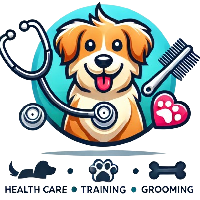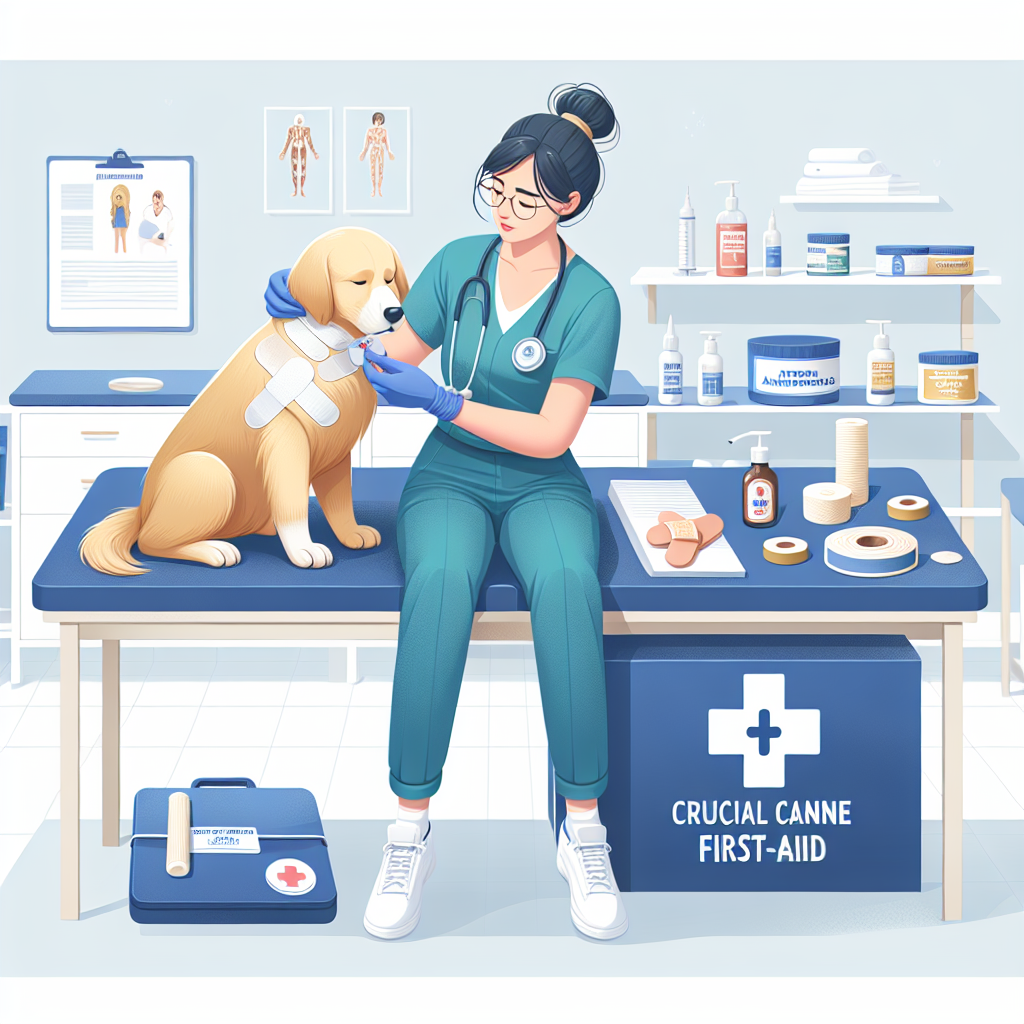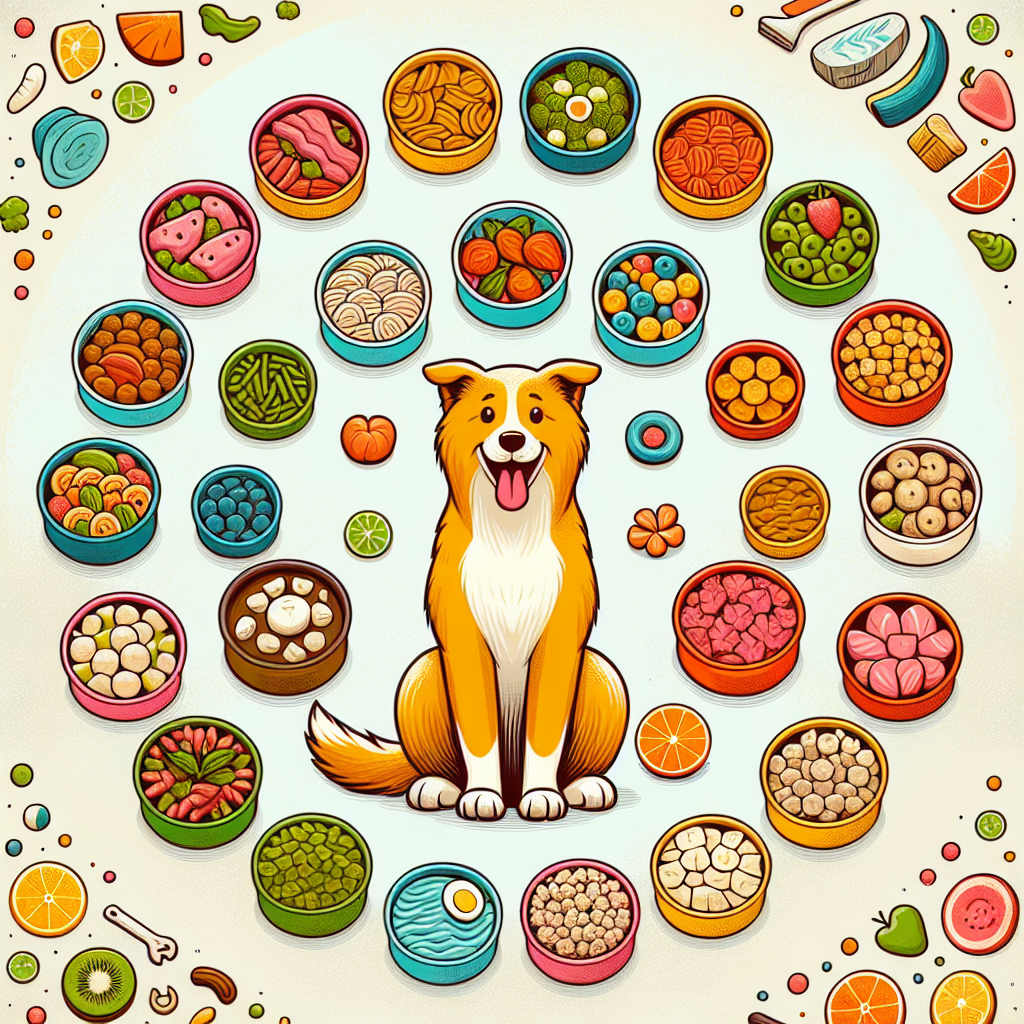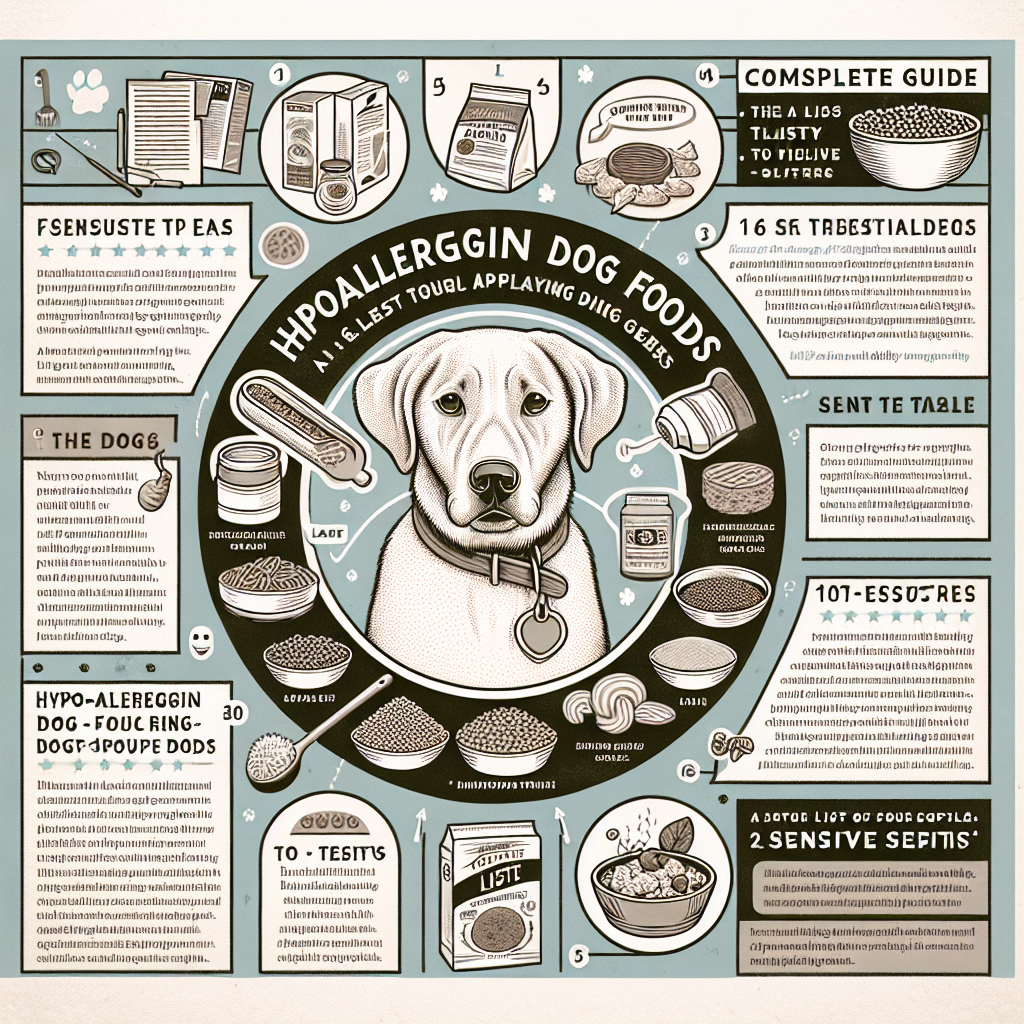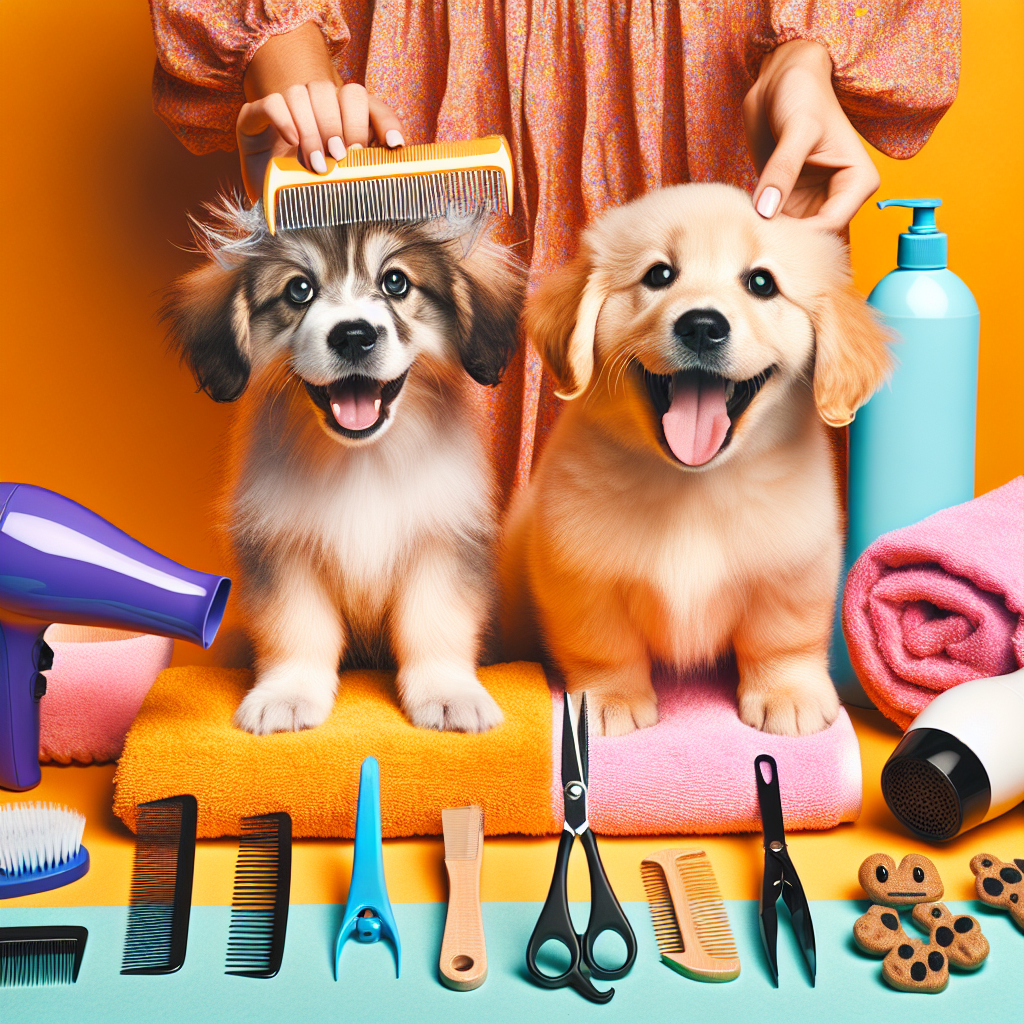
Grooming isn’t just essential for your dog’s cleanliness. It’s also crucial for their overall health and happiness. Grooming can prevent a host of issues including skin infections, matting, and parasites, and it also allows you to monitor your dog’s health by checking for abnormalities. In this comprehensive guide, we delve into the top 10 insider dog grooming tips every pet owner needs to know. Grab your notepad, and let’s ensure your pup stays happy and healthy!
1. Regular Brushing: The Foundation of Grooming
Why It’s Important
Regular brushing is the cornerstone of good grooming. It helps remove dirt, debris, and dead hair, and it distributes natural oils throughout your dog’s coat, promoting a healthy, shiny appearance.
How Often Should You Brush?
- Short-haired Breeds: Once a week.
- Medium-haired Breeds: Several times a week.
- Long-haired Breeds: Daily.
Tools of the Trade
- Slicker Brush: Great for removing mats and tangles.
- Deshedding Tool: Reduces shedding by removing loose undercoat.
- Bristle Brush: Ideal for giving a shiny finish.
Expert Tip
Brushing time can also be bonding time. Be gentle, speak calmly, and offer treats as a reward.
2. Master the Art of Bathing
Frequency
While overbathing can strip natural oils from your dog’s coat, infrequent baths can lead to odor and skin issues. The general rule is:
- Short-haired Breeds: Once every 2-3 months.
- Medium to Long-haired Breeds: Once a month.
How to Bath Your Dog Effectively
- Choose the Right Shampoo: Opt for a dog-specific shampoo that suits your dog’s skin and coat type.
- Lukewarm Water: It should be comfortable to the touch.
- Gentle Massage: Work the shampoo into a lather with a gentle massage, avoiding your dog’s eyes, ears, and mouth.
- Rinse Thoroughly: Leftover shampoo can irritate the skin.
- Dry Properly: Use a towel to blot excess moisture and a blow dryer on a cool setting if your dog tolerates it.
Expert Tip
For a silky coat, consider adding a dog conditioner or detangler.
3. Nail Trimming: Essential Yet Often Overlooked
Why Trim Nails?
Overgrown nails can cause discomfort, pain, and even lead to joint issues.
How Often?
Trim your dog’s nails every 3-4 weeks or as needed.
Tools You Need
- Guillotine Clippers: Suitable for most breeds.
- Grinder: Reduces the risk of splitting and is ideal for precision.
How to Trim Nails
- Get Your Dog Comfortable: Familiarize them with the tool.
- Cut Small Amounts: Avoid the quick (the blood vessel inside the nail).
- Reward Your Dog: Always follow up with a treat.
Expert Tip
If you’re unsure, consider asking a professional groomer for a demonstration.
4. Ear Care: Prevent Infections
Why It’s Important
Dogs are prone to ear infections, especially breeds with floppy ears or those that swim frequently.
How Often?
Check your dog’s ears weekly and clean them as needed.
Cleaning Process
- Lift the Ear Flap: Expose the ear canal.
- Apply Ear Cleaner: Use a product specifically formulated for dogs.
- Gentle Massage: Massage the base of the ear to distribute the cleaner.
- Wipe Clean: Use a cotton ball to clean the outer part of the ear.
Expert Tip
Never insert anything deep into your dog’s ear canal. If you’re unsure, consult your vet or groomer.
5. Dental Hygiene: A Necessity, Not a Luxury
Why Care for Your Dog’s Teeth?
Poor dental hygiene can lead to plaque buildup, gum disease, and systemic health problems.
How Often to Brush?
Brush your dog’s teeth several times a week, ideally daily.
Tools You’ll Need
- Dog-specific Toothbrush: Shaped to clean hard-to-reach areas.
- Dog-friendly Toothpaste: Human toothpaste is toxic to dogs.
Brushing Technique
- Start Slowly: Let your dog get used to the taste of the toothpaste.
- Angle the Brush: Use a 45-degree angle to clean the gum line.
- Short Sessions: Focus on one area at a time.
Expert Tip
Dental chews and toys can also help in maintaining oral health.
6. Dealing with Shedding: Strategies for a Cleaner Home
Why Dogs Shed
Shedding is natural and can be influenced by factors like breed, diet, and time of year.
Reducing Shedding
- Regular Brushing: Use a deshedding tool.
- Balanced Diet: A diet rich in omega-3 fatty acids can promote a healthier coat.
- Hydration: Ensure your dog drinks enough water.
Grooming Products to Consider
- Deshedding Shampoo: Helps reduce loose hair.
- Leave-in Sprays: Condition and reduce static in the coat.
Expert Tip
Regular professional grooming can also help manage shedding.
7. Managing Matting: Prevention and Treatment
Why Matting Happens
Mats form when loose hair tangles together, especially in long-haired breeds.
Prevention
- Regular Brushing: Particularly important for breeds prone to matting.
- Conditioning Sprays: Create a barrier against tangles.
Removing Mats
- Use a Detangling Spray: Spray generously.
- Work with Your Fingers First: Gently separate the tangle.
- Use a Mat Splitter: If necessary, carefully cut through the mat.
Expert Tip
Avoid cutting mats with scissors as it can lead to injury. If the matting is severe, seek help from a groomer.
8. Anal Gland Expression: Sometimes Necessary
Why It’s Important
Anal glands can become impacted, leading to discomfort and infection.
How to Spot an Issue
- Scooting: Dragging the rear on the ground.
- Licking or Biting: Pay attention to the rear area.
- Foul Odor: Unpleasant smell from the rear.
Consulting a Professional
While you can learn to express the glands at home, it’s often best left to veterinarians or professional groomers.
Expert Tip
Discuss with your vet whether anal gland expression should be part of your dog’s routine care.
9. Skin and Coat Health: More Than Just Looks
Diet and Nutrition
A well-balanced diet directly affects the health of your dog’s skin and coat.
Supplements
- Omega-3 Fatty Acids: Promote a shiny coat.
- Biotin: Supports skin health.
Bathing and Allergies
Use hypoallergenic shampoos if your dog has sensitive skin or allergies.
Expert Tip
Consult your vet before adding any supplements to your dog’s diet to ensure they are suitable.
10. Stress-Free Grooming: Make It Enjoyable
Starting Young
Begin grooming practices when your dog is a puppy to get them used to the routine.
Positive Reinforcement
Always reward good behavior with treats or affection.
Making it Routine
Regular, short grooming sessions are less stressful than longer, infrequent ones.
Expert Tip
Grooming should always be a positive experience. If your dog shows signs of extreme stress or fear, reevaluate your approach or consult a professional.
Conclusion
By incorporating these top 10 insider grooming tips, you’ll be well on your way to ensuring your pup’s health, happiness, and well-being. Grooming isn’t just a way to keep your dog clean; it’s an opportunity to bond and spend quality time together. Remember, every dog is unique, so tailor these tips to suit your dog’s specific needs. And when in doubt, consult with professional groomers or veterinarians to keep your furry friend in tip-top shape. Happy grooming!
#ChatGPT assisted in the creation of this article.
